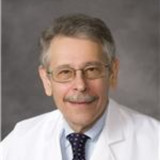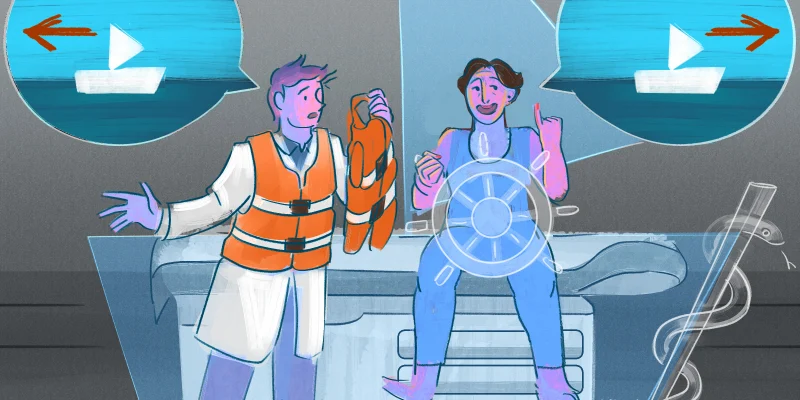This year’s American Heart Association (AHA) Meeting marked the 100th anniversary of the AHA. The association officially started in 1924 by six physicians, prompted by a 1921 report where, for the first time, heart disease became the number one cause of mortality in the United States. With little proven treatment at that time, heart disease was considered “incurable”. These physicians pushed back, creating the AHA with the goal of improving knowledge about heart disease and improving outcomes with treatments as well as prevention. The certificate of incorporation occurred in 1924 followed by a meeting, ironically in Chicago where a board and officers were elected. The AHA held its first scientific meeting in Atlantic City, New Jersey in May of 1925. Thus, began the continued evolution of cardiovascular science which continues robustly today. Early on the AHA had a journal – the American Heart Journal, edited by Dr. Thomas A. Conner. Today the Circulation Journals are the mainstay of the AHA publication, while the American Heart Journal is no longer an AHA publication. No doubt the AHA has contributed significantly to the improvement in the outcomes for patients with various manifestations of heart disease. Happy Centennial Anniversary.
As usual this year’s AHA had multiple presentations of Late Breaking Science, Featured Science, multiple poster and moderated abstract sessions, journal sessions, and more. In addition, there were sessions discussing guidelines and patient management, and sessions that highlighted young scientists, as well focusing on diversity and equity in care. Since the new science sessions are extensively covered on electronic media, an additional opportunity of such large meetings is the interchange between participants. The AHA provides areas for such to occur, though I did think that the numbers of colleagues interchanging this year was lower than in the past. I have no attendance numbers, and the size of the McCormick Center may dilute the “visible” attendance. Perhaps a smaller venue would be better to encourage interactions given that this function seems increasingly important given the availability of the science online.
The AHA continues to be limited in providing major new science in interventional cardiology but areas of prevention and heart failure seemed very interesting.
One highlight was the presentation of two phase 2 trials focused on two new therapies to lower LP(a), a lipid component long felt to be associated with 20% of the population that genetically have elevated levels and is likely a cause of atherosclerotic disease events despite effective LDL lowering. Both studies with different agents demonstrated significant LP(a) lowering. The ALPACAR Trial evaluated 178 patients with ASCVD and elevated LP(a) demonstrating that perlustrin, subcutaneously administered, reduced baseline levels by over 80% in a variety of dosing regimens. Also presented was the KRAKEN trial that evaluated metakaolin, an oral medication, effectively reducing LP(a) after the first dose which persisted over a four week follow up. While neither drug has established clinical benefit, the efficacy in lowering LP(a) without major side effects for both agents supports moving forward with long term trials assessing the impact of therapeutic LP(a) lowering on ASCVD.
Changing focus, the goal of predicting heart failure worsening was discussed in the SEISMIC-HF I trial, which measured pressures with a non-invasive sensor on the chest which showed reasonable correlation to pressures measured from a direct pulmonary artery catheter measuring pulmonary capillary wedge pressures. The goal is to develop a non-invasive method to predict rising intracardiac pressures to then predict worsening heart failure which can potentially be treated to avert worsening failure that might require hospitalization. The data showed a comparative error rate of 1.04 ± 5.57 mmHg in estimating PCWP. Larger trials showing the effectiveness of the device in preventing heart failure exacerbations are needed but it’s a potentially exciting technology.
Lastly, in a follow up study to the DANGER Shock trial presented at the ACC earlier this year, the authors presented the results based on patient age. In the main study, use of a microaxial flow pump was associated with improved outcomes in patients presenting with AMI Shock. The updated data revealed an age effect showing the major benefit seen in younger patients <77 years. However, because multiple factors were involved, the data does not support setting strict age criteria but to rather make decisions on clinical and biological factors. The results were interesting and suggest that biological age may be an important parameter in clinical decision making.
As the above summaries suggest, there was a wide distribution of topics for the centennial AHA meeting. The continuing assessment of causes and methods of treatment and prevention of heart disease remain strong which would make the originators of the AHA proud.
Dr. Vetrovec has received consulting fees or honorarium and support for travel from Abiomed, as well as participation fees from Merck and Esperion.
Image by ElenaLux / Getty Images







